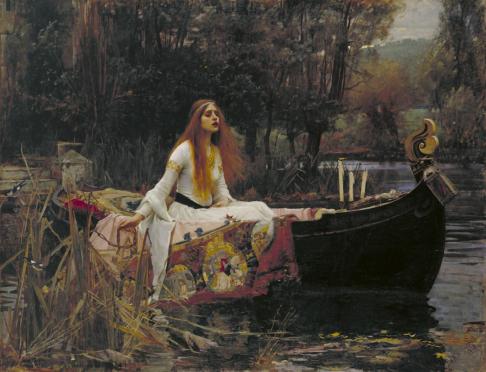“I longed for you very much.”
The girl quivered. There was a movement in her throat, as though she were swallowing something.
“I too,” she answered. “From the beginning.”
 Edvard Munch, Kiss by the window, 1892
Edvard Munch, Kiss by the window, 1892
“If only (…) the twilight last forever, and the two of them, he and Hadassah, to stand there at the window, close to each other, for eternity!“
And now for the final post of my The Family Moskat triptych; the scene in the novel where Hadassah visits Asa in his room and it is a very special moment in which they both admit their longing for one another, and the snow is falling and the darkness of an early winter night is descending. “The Family Moskat” is a novel written by Isaac Bashevis Singer published in 1950 and it falls the lives of the members of the Warsaw Moskat family starting from just before the First World War up until the horrors of the Second World War. The first post of this little series is about Edward Hopper’s painting “The Evening Wind” and Hadassah’s sleepless night and the second one is about Asa Heshel’s thoughts when he is alone in his room. This third and last post, at least for now, is the crown of the other two posts because it combines both Asa and Hadassah in a single scene. Asa had not visited Hadassah as he had promised and so Hadassah decides to visit him, which was quite a bold move for a girl of her age at the time. The passage from the novel goes:
“You’re too pessimistic. I know, because I’m very melancholy too. Everyone is against me-my grandfather, Papa, even mamma.”
“What do they want of you?”
“You know. But I can’t.”
She started to say something else, but suddenly stopped. She walked to the window. Asa Heshel went after her and stood beside her. There was a twilight blueness outside. The snow fell slowly, broodingly. Lights gleamed from the opposite windows. There was a faint rumble of noise, which sounded at one moment like the sighing of the wind and again like the rustling of the forest. Asa Heshel held his breath and let his eyelids close. If only the sun were to stand still in the skies, as it had stood still for Joshua, and the twilight last forever, and the two of them, he and Hadassah, to stand there at the window, close to each other, for eternity!
He glanced toward her and met her own eyes turned toward him. Her features were hidden in the dimness. Her eyes. deep in pools of shadow, were opened wide. It seemed to Asa Heshel that he had experienced all this before. He heard himself say:
“I longed for you very much.”
The girl quivered. There was a movement in her throat, as though she were swallowing something.
“I too,” she answered. “From the beginning.”

Edvard Munch, The Lonely Ones (Two People), 1895
The reason that Edvard Munch’s painting “The Kiss by the Window” came to my mind is because of its atmosphere. There is a sense of a foreboding doom, not just for Jews in Warsaw in the novel, but for Hadassah and Asa in the novel because Asa is an essentially heartless nihilist who only cares for his own needs and is ultimately a selfish person uncapable of true love. But he awoke tender feelings in Hadassah, the kind that she had never felt before, and the first step of the path of heartbrokenness is paved.There is always something foreboding about Munch’s art, especially in his paintings of lovers. They never express the pure loveliness that love can bring, but rather tackle the darker sides of love. The painting is painted in nocturnal blue shades which instantly makes it atmospheric. Two lovers are standing by the window and are merged in a kiss, merged indeed because their grimace-like faces are melting one into another, but not in that typical romantic notion of being “as one”, but in a much gloomier way which hints at more disturbing things. Lovers merging and becoming one may carry connotations of loosing oneself, disappearing, loosing one’s identity. In Asa’s case, he is a good representation of this fear and throughout the novel he always kept himself to himself in a way that would prevent him from truly connecting with another, and it is quite sad. From Munch’s painting “The Kiss by the Window” to his painting “The Lonely Ones (Two People)”; this is the love path of Asa and Hadassah and upon reading the novel again I find myself mourning over Hadassah’s choices, her devotion and adoration, all for Asa who was most unworthy of it all.



Leave a comment